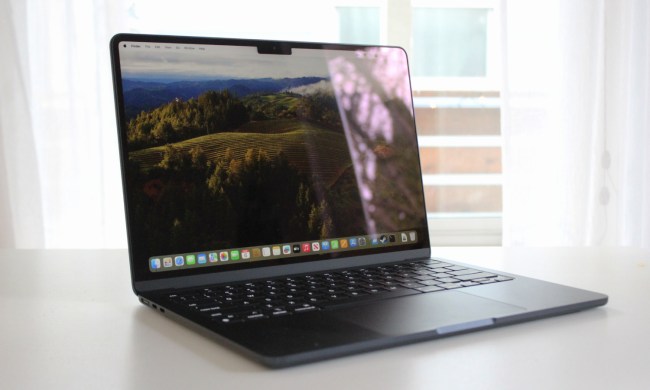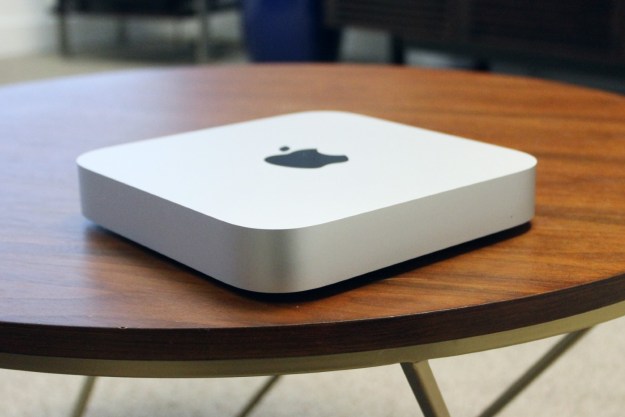
- Still very compact
- M2 Pro boosts the graphics
- Lots of storage options
- Stays amazingly quiet and cool
- Fantastic port selection
- Very affordable base configuration
- Base configuration has slower SSD
- Not user upgradable
Apple Silicon revitalized the Mac mini in 2020. It took it from a nearly dead product to one of the best value computers you can buy. In 2023, it’s not only been updated to the M2 chip, it also comes with the option to upgrade to the M2 Pro. That’s right — better graphics in the same tiny footprint.
It’s not too good to be true, either. It’s the best compact computer ever made, especially when you include the extra graphics of the M2 Pro and the killer value of the base configuration.
An old design from Apple’s playbook
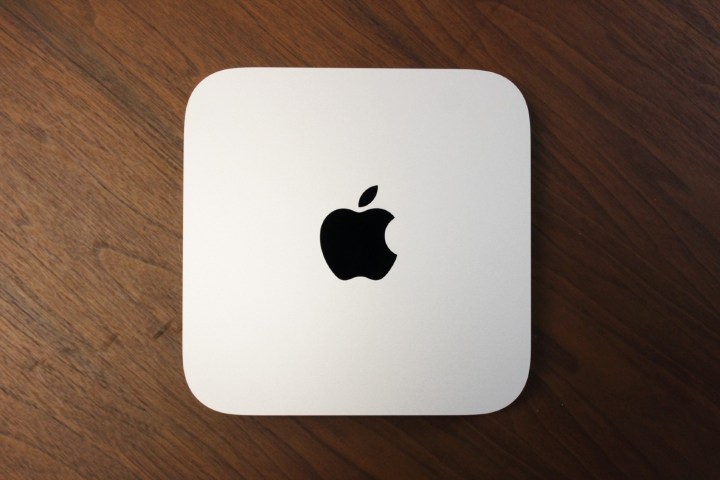
The Mac mini is one of the oldest designs in Apple’s current lineup. And as much as I’d appreciate something new, the Mac mini’s simple design is hard to argue with. It’s all-aluminum, compact, and blends into your desk well — and that’s what matters most. There are compact Windows-based PCs, but none that can perform on the level of the Mac mini.
The smallness of this tiny computer is important for other reasons too. Many people use a Mac mini for a home theater PC, or perhaps for media management, and the size of the Mac mini is essential for these scenarios too. The M2 Pro model weighs slightly more than the base model — 2.8 versus 2.6 pounds. Interestingly, that’s just around the same weight as the M2 MacBook Air.
When it comes down to it, the category of mini PCs hasn’t evolved much over recent years. Intel’s NUC machines remain niche, and competitors like the HP Z2 Mini G9 are larger and considerably louder than something like the Mac mini — especially when you include the large power brick that the Mac mini lacks.
So in terms of design, no — I’m not bummed Apple is still using this same chassis. There are times when that is uncalled for, such as in the case of the M2 13-inch MacBook Pro. But here, it’s acceptable for Apple to keep things as is. Then again, I’d be lying if I said I didn’t want a Space Gray version.
Ports
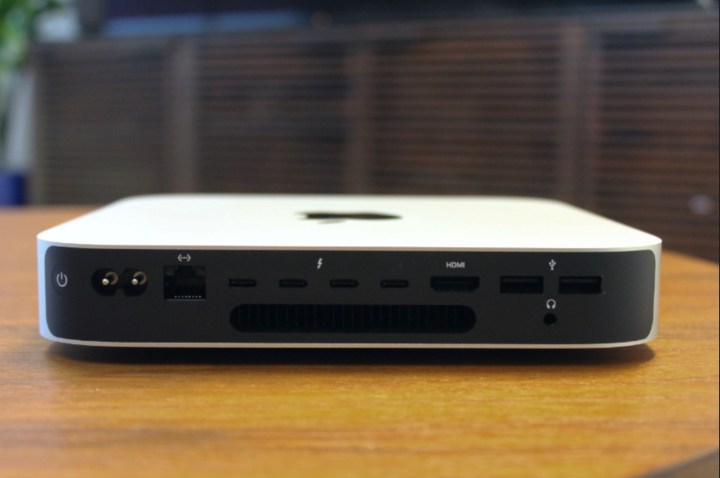
Port selection is important on any desktop PC, and fortunately, Apple doesn’t skimp out here. The M2 Pro model comes with a headphone jack, two USB-A ports, four
You can even power an 8K monitor or
My only real complaint is that I wish there was better access to the headphone jack, especially if you plan to have the Mac mini tucked toward the back of your desk.
The SSD problem
There’s a well-known issue with Apple’s M2 Macs regarding SSD performance. Unfortunately, that appears to have carried over to the Mac mini as well.
Now, I wasn’t able to verify the claims out there about this as my review unit included 1TB of storage, which has blazing-fast speeds. But it needs to be noted that if you’re interested in the entry-level M2 model with 256GB of storage, it will likely deliver much slower read and write speeds. It’ll still likely be plenty fast, but it’s worth pointing out.
In either case, make sure to configure your Mac mini with the amount of storage and memory you actually need, because there’s no going back and upgrading it after your purchase.
Performance
When it comes to the Mac mini, performance is what matters most, which is why it’s such a big deal for the M2 Pro to make an appearance. The Pro chip in my review unit adds significantly better graphics to the equation, bumping the GPU up to 19 cores. There’s also a 16-core option for $300 less, which also has two less CPU cores.
One more note on configurations: Apple has different options for the M2 versus the M2 Pro. For example, 8GB of
This is a remarkably cool and quiet little computer.
As for how this thing actually performs, there’s a lot to be excited about. So far, this is the only version of the M2 Pro that I’ve tested, but it compares well against the M1 Pro in the 14-inch MacBook Pro. Difference in single-core performance is negligible, but multi-core shows some decent gains. Tested in Cinebench R23, the M2 Pro Mac mini was 17% faster than the M1 Pro in the 14-inch MacBook Pro.
Interestingly, the M2 Pro Mac mini performed almost identically to the M2 Max 14-inch MacBook Pro. And despite that performance, the Mac mini does a better job with its thermals. CPU temperatures stayed in the 80s for the most part, with a high of 98 degrees Celsius. It’s a whole lot quieter too, with the fans never spinning over 2,000 RPMs. Even with all cores initiated, this is a remarkably cool and quiet little computer.
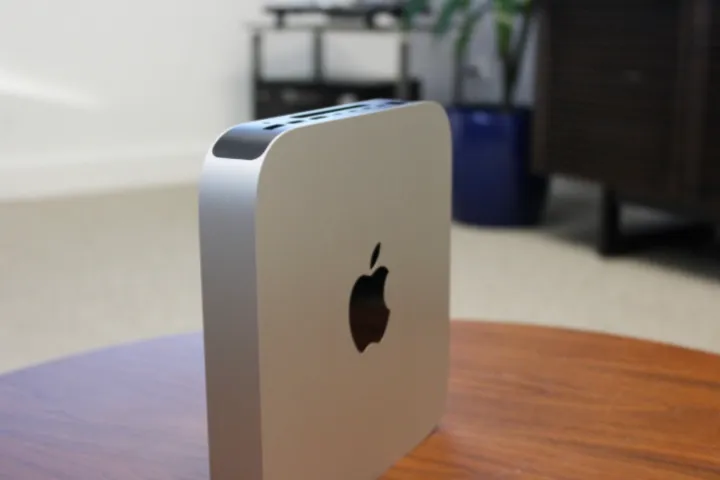
But really, the graphics are what excited me about bringing the M2 Pro to the Mac mini. And while the M2 Max or M1 Ultra easily outperform it, the Mac mini holds up well enough. In PugetBench’s Premiere Pro benchmark, I was able to see how the extra GPU cores enhanced the Mac mini’s ability to do things like apply GPU effects or speed up timeline exports. It was 34% faster than the M2 in the MacBook Air I tested last year, with 47% more GPU cores. That’s not perfect scaling, but in a task like exporting, which uses both the GPU and CPU, the M2 Pro Mac mini is 43% faster than the M2 MacBook Air.
Want to see something even more impressive? I tested out Shadow of the Tomb Raider on both the
The Mac mini continues to win
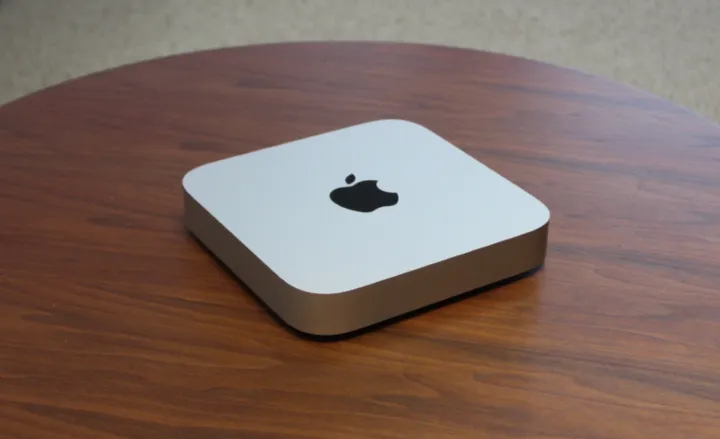
Of all the M2 Macs, this Mac mini might be one of my new favorites. The M2 isn’t a major leap up from the M1, but thanks to the thermals of the Mac mini, it doesn’t seem to have as many thermal issues as the updated MacBook Pros. And the inclusion of the M2 Pro makes this a fantastic option for creators, especially if those extra graphics will come in handy for your workflow. It’s cooler and quieter than the MacBook Pros, and if you already own a monitor that you love, it’s a no-brainer.
The Mac Studio, of course, still has its place. But the M2 Pro in the Mac mini is a much more mainstream option that serves as an excellent work computer and good starting place for content creators.
I also love that Apple found a way to offer a cheaper way in with the $599 base configuration. You’ll want to proceed with caution given the limited storage and memory, but for the audience, this is a fantastic value considering how fast the M2 chip is. Never has there been a more affordable way to get into the modern Mac ecosystem, and Apple is smart to double down on its value.



